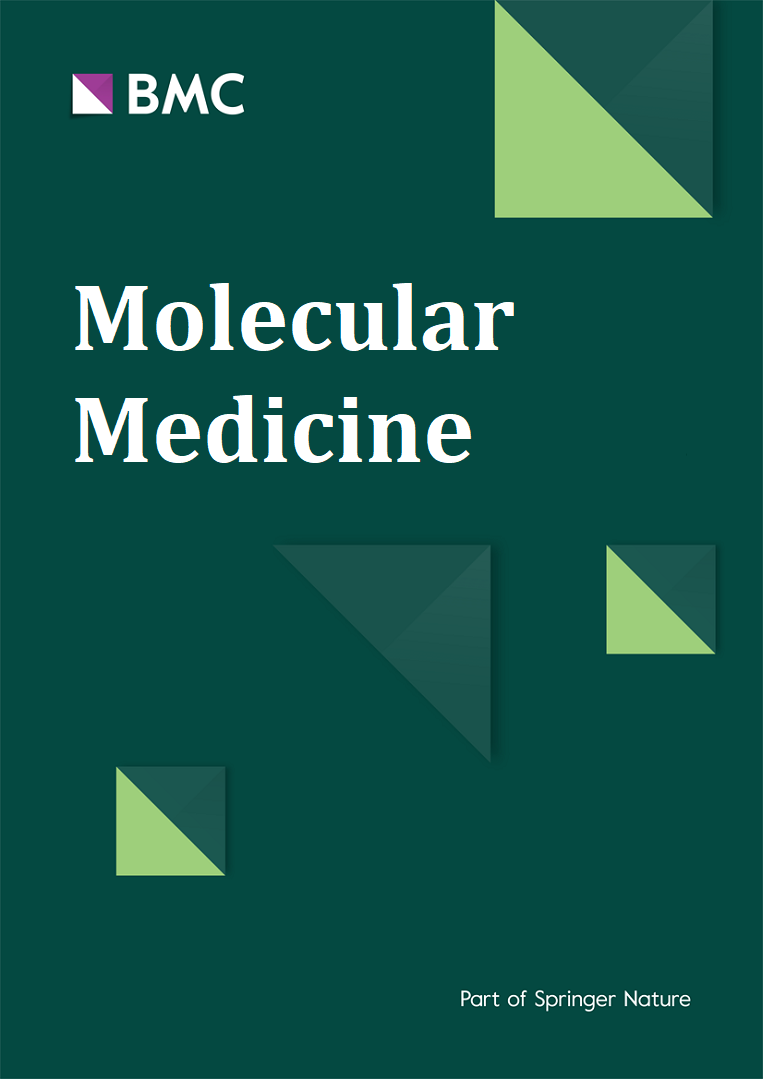摘要
背景:NUAK1 与肝细胞癌(HCC)的转移和耐药性有关:NUAK1与肝细胞癌(HCC)的转移和耐药性有关。然而,人们对 NUAK1 在 HCC 中的免疫功能知之甚少。因此,本研究旨在阐明NUAK1在促进HCC免疫逃避中的新作用,并研究这一过程的机制:方法:在HCC患者和小鼠异种移植模型的肿瘤组织中评估NUAK1的表达水平和CD8+ T细胞的浸润。方法:评估 HCC 患者肿瘤组织和小鼠异种移植模型中 NUAK1 的表达水平和 CD8+ T 细胞的浸润情况,使用 HCC 细胞系验证 NUAK1 在调控 PD-L1 转录中的作用,建立二乙基亚硝胺诱导的 HCC 模型,检测 NUAK1 和 PD-L1 蛋白在大鼠肝脏中的表达水平。采用Western印迹、免疫荧光、实时PCR和免疫组化染色等方法研究NUAK1调控PD-L1在肝癌中表达的内在机制:结果:NUAK1的表达与HCC患者肿瘤组织和小鼠异种移植模型中CD8+ T细胞浸润呈负相关。NUAK1的功能增益和缺失在转录水平上促进了PD-L1在HCC细胞中的表达。在二乙基亚硝胺诱导的 HCC 模型大鼠肝脏中观察到 NUAK1 和 PD-L1 蛋白表达增加。此外,NUAK1的过表达会促进HCC细胞中GSK3β Ser9磷酸化、β-catenin表达和核聚集。相比之下,敲除 NUAK1 则会产生相反的效果。抑制 GSK3β 活性可明显促进 HCC 细胞中 β-catenin 的表达和 PD-L1 的表达。HCC患者肿瘤组织的IHC分析表明,p-GSK3β和β-catenin的水平与NUAK1的表达呈正相关。敲除β-catenin还能逆转NUAK1介导的PD-L1在HCC细胞中的表达:该研究揭示了NUAK1的新作用,它通过激活GSK3β/β-catenin信号通路促进PD-L1的转录表达,从而导致肝癌的免疫逃逸。研究/试验的注册机构和注册编号:不适用。Background: NUAK1 is associated with metastasis and drug resistance in hepatocellular carcinoma (HCC). However, little is known about the immune functions of NUAK1 in HCC. Therefore, the aim of this study was to elucidate the novel role of NUAK1 in facilitating immune evasion in HCC and to investigate the mechanisms underpinning this process.
Method: The levels of NUAK1 expression and the infiltration of CD8+ T cells were assessed in tumor tissues from HCC patients and mice xenograft model. HCC cell lines were used to validate the role of NUAK1 in regulating the transcription of PD-L1, the diethylnitrosamine-induced HCC model was established and the expression levels of NUAK1 and PD-L1 proteins in the rat livers were detected. Western blotting, immunofluorescence, real time PCR, and immunohistochemical staining were used to investigate the underlying mechanisms by which NUAK1 regulates PD-L1 expression in hepatocellular carcinoma.
Results: NUAK1 expression was negatively correlated with CD8+ T cell infiltration in tumor tissues from HCC patients and mice xenograft model. Both gain and loss of functions have identified NUAK1 promoted PD-L1 expression at transcriptional level in HCC cells. The increased expression of NUAK1 and PD-L1 proteins were observed in the rat livers of diethylnitrosamine-induced HCC model. Moreover, overexpression of NUAK1 promotes GSK3β Ser9 phosphorylation, β-catenin expression and nuclear accumulation in HCC cells. By contrast, knockdown of NUAK1 has opposite effects. Inhibition of GSK3β activity significantly promoted β-catenin expression and PD-L1 expression in HCC cells. IHC analyses of tumor tissues from HCC patients suggested that the levels of p-GSK3β and β-catenin were positively correlated with NUAK1 expression. Knockdown of β-catenin also reversed NUAK1-mediated PD-L1 expression in HCC cells.
Conclusions: This study revealed a novel role for NUAK1, which promotes the transcriptional expression of PD-L1 by activating GSK3β/β-catenin signaling pathway, leading to immune escape of hepatocellular carcinoma. Registry and the registration no. of the study/trial: Not applicable.

 求助内容:
求助内容: 应助结果提醒方式:
应助结果提醒方式:


